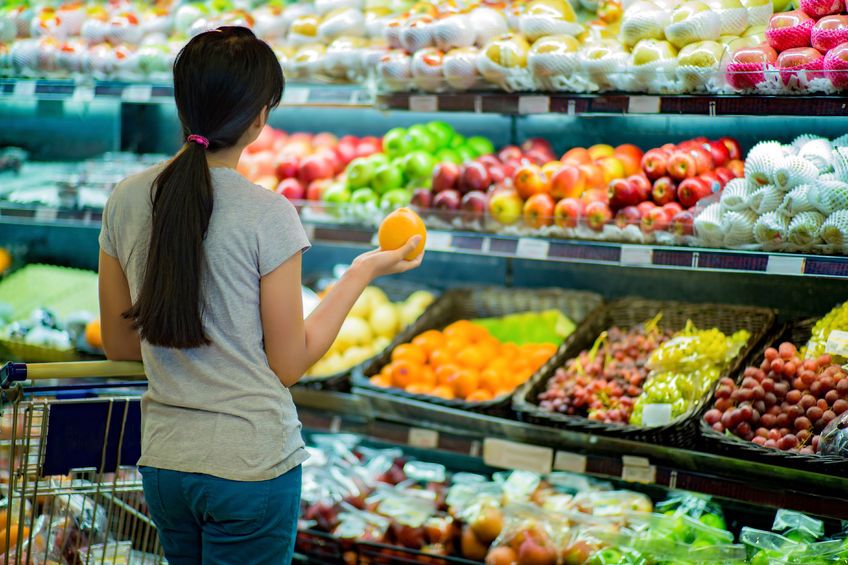
The European Union's food safety system is 'overstretched' and does not have the capacity to implement the system fully, auditors have warned.
The EU’s system for protecting consumers from chemical hazards in food is one of the most respected worldwide.
EU food safety policy aims to guarantee a high level of protection for human health, and to protect people from three types of hazards in food: physical, biological and chemical.
But a new report from the European Court of Auditors, which focused on chemical hazards in food, highlights how the system is suffering from 'backlogs'.
The legal framework governing chemicals in food, feed, and plants and live animals remains a 'work in progress', and has not yet been implemented to the level envisaged in EU laws governing food production.
In addition, the European Food Safety Authority (EFSA), which provides scientific advice to inform policymaking, suffers backlogs in its work in connection with chemicals.
This affects the proper functioning of parts of the system and the sustainability of the model as a whole, the report says.
“Food safety is a high priority for the EU; it affects all citizens and is closely linked to trade”, said Janusz Wojciechowski, the Member of the European Court of Auditors responsible for the report. “But the current EU system faces a number of inconsistencies and challenges.”
Some Member States’ controls cover certain chemicals more frequently than others, and their legal frameworks are so extensive that public authorities find it difficult to fulfil all their responsibilities.
Checks by public bodies can only ever make up a small proportion of all checks carried out, say the auditors, and the EU model can best remain credible if public- and private-sector control systems complement each other. However, synergies between the two have only just started to be explored.
The EU has limited the use of certain pesticides based on hazard criteria. Nevertheless, explain the auditors, residues of such pesticides may be tolerated in products imported into the EU if a risk assessment has shown that there is no risk to consumers.
The auditors also identified limitations in the control system as Member States face difficulties in determining the nature of enforcement action in cases of non-compliance.
